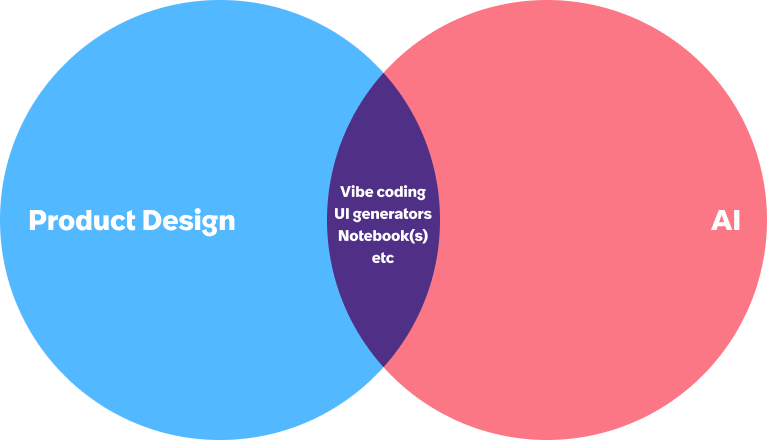
"A lot has been written about the evolution of user experience since before I ever sat in a Barnes & Noble for hours, trying to understand what the letters "H, C, and I" even meant. In the twelve years since that moment, the tools we use have matured, the rules for interaction have solidified, and the role of design has expanded. We have become a bridge connecting users, businesses, and the technologies that serve them."
"I am not here to push anyone toward vibe coding, Figma Mak e, or any particular path. Instead, I want to share an idea that came to me while learning the basics of how large language models work. It is a way to start connecting core concepts across domains and help product designers bridge toward the next era of technology. As we move beyond conversational interfaces, we will need new ways of thinking about how to interact with this emerging intelligence."
User experience has evolved as tools matured, interaction rules solidified, and the role of design expanded into a bridge between users, businesses, and technology. Product design encompasses systems thinking, research, frameworks, and telemetry to influence metrics and outcomes. With artificial intelligence entering the mainstream, designers must adopt new mental models that incorporate AI concepts such as training corpus, loss, gradients, and intent. Applying those concepts helps designers understand how systems learn, move beyond conversational interfaces, and develop new interaction metaphors and feedback mechanisms suited to emergent intelligent systems.
Read at Medium
Unable to calculate read time
Collection
[
|
...
]